To help native bees and other pollinators we can plant flowers for nectar they need for energy and pollen for protein and other nutrients they need for egg laying and feeding their young. But it’s equally important to provide habitat for them: safe places to rest, take shelter from the elements, and safe places to nest and lay their eggs. (Don’t know native bees from honeybees? See my prior article: “Our Gardens Can Save the Bees”)
Fall is the time when many of the bees have built their nests and laid their eggs. It’s also the time when many people want to clean up their gardens and yards to keep them tidy for the winter. But this very cleaning up destroys many of the nests that bees have laid their eggs in! And it removes sites that offer nesting they need.
Here are some tips on habitat bees need to nest to bring forth next year’s pollinators.
Some basics, first
Throughout the year bees and all the other pollinators need shelter in trees and shrubs to rest and get out of the wind or rain. They need a diverse source of food from flowers which I detailed in my previous article (“Flowers That can Save the Bees”). And they need their food and environment to be free of pesticides.
Provide some sunny bare soil
About 70% of native California bees are ground nesters. The female bees dig holes and tunnels in the ground and prepare an elaborate nest for their eggs, complete with waterproofing. She provisions it with loaves of a pollen and nectar mixture and leaves one loaf for each egg she lays. She seals off each egg compartment as she goes so each egg has what it needs to grow into an adult and emerge in spring. (Note: these are not yellow jackets!)
The soil needs to be in a sunny space, six hours of direct sun per day. Give the bees at least a few square feet. Keep this space mulch-free—yes, this space only. And away from foot traffic or machinery traffic.
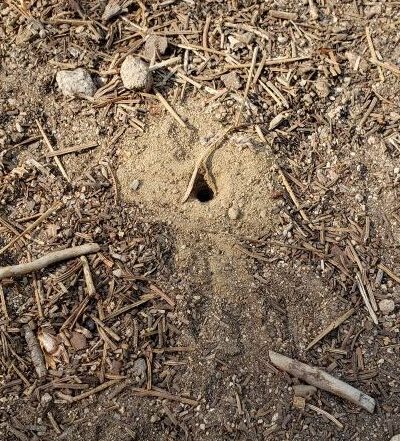
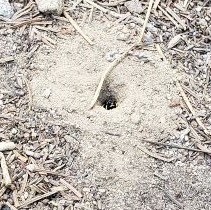
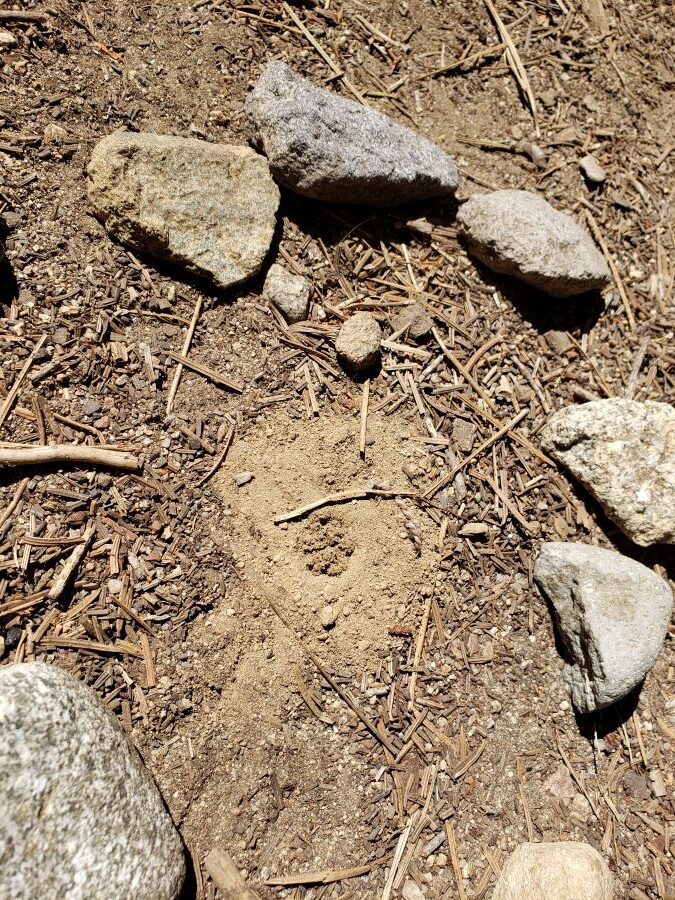
About 30% of native bees are cavity nesters
Cavity nesters may use rock piles and crevices, deadwood, or plant stems, depending on species.
Some choose protected locations such as crevices in rocks or in rock or brick walls, hollowed out twigs, and abandoned beetle tunnels in trees and stumps. They provision their nests the same as the ground nesters.
Logs, downed trees, deadwood, and even brush piles are great for bee habitat. Beetles like to tunnel into dead wood and when they’re done with the tunnels bees find them and nest in them. Less than 1% of bees use deadwood.
Decaying logs are good for bees and as they decay, they return nutrients to the soil. But they become highly flammable when they’re older and more decayed. This is obviously a fire safety concern. If you have the space, keep small brush piles and dead logs in the 30 – 100 ft. zone away from any structures; but locate them in sunny spots at least 30 ft. away from trees. According to Calfire’s “Prepare for Wildfire“ publication, “exposed wood piles must have a minimum of 10 ft. of clearance, down to bare mineral soil, in all directions”.
If you have a dead tree and want to remove it, consider having it cut to a height that’s safe for everyone and leave the tall stump for wildlife. The beetles will dig their tunnels and the cavity-nesting bees will move in afterwards.
Leave flower stems standing for the bees
Many cavity nesters nest in spent hollow or pithy spent flower stems. But we often remove these stems and compost or send them off to the green waste. Change your practice to leave perennial flower stems standing in the garden over the winter. They’ll provide seeds for birds and nesting sites for bees.
Flowers like Echinacea, bee balm, sunflowers, asters, Agastache, Liatris, and goldenrod are good flowers to grow that provide both food and stem nesting habitat for native bees. Shrubs like elderberry and butterfly bush are used by stem nesters.
Here’s how to tend stems for good habitat:
- Leave this year’s flower stems over winter: birds will enjoy the seeds.
- The next spring prune them back to varying heights, 8-24”, leaving a nice clean cut: this mimics deer browsing.
- During the following spring and summer bees will find those cut stems, build and provision their nests, and lay their eggs: you may be able to observe this!
- Allow the growth of the new stems up and around those cut stems, the new bees will emerge, and the old stalks will break down over the next year or so.
In the case of butterfly bush (the only stems I’ve had a chance to see bees’ nests in—after they emerged) you may want to cut the stems in your yearly late winter pruning and pile them in small piles in a nearby spot to offer them to pollinators. Don’t disturb them for a year and a half to give bees a full season till they emerge.
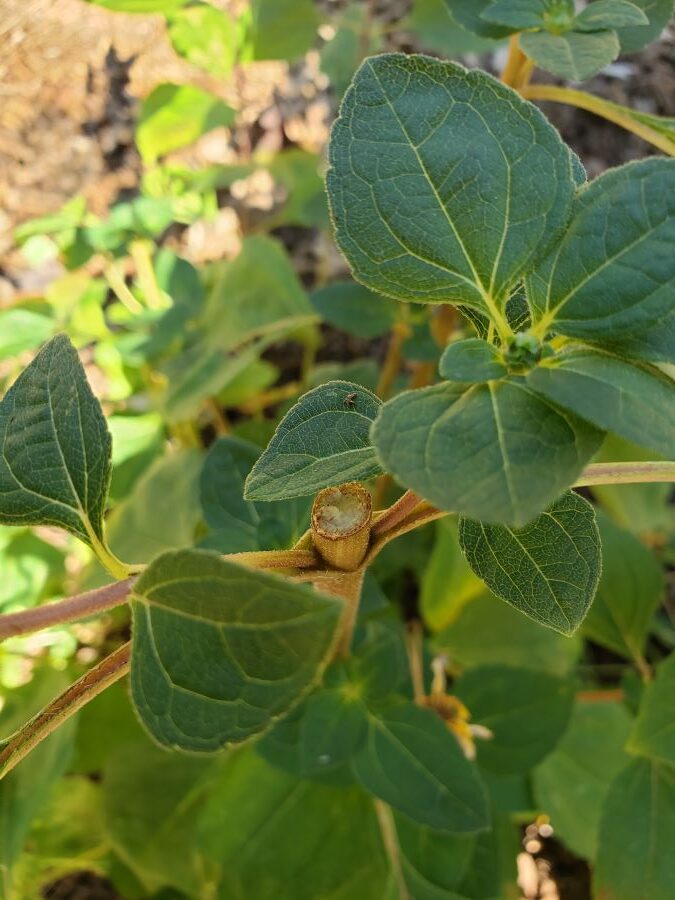
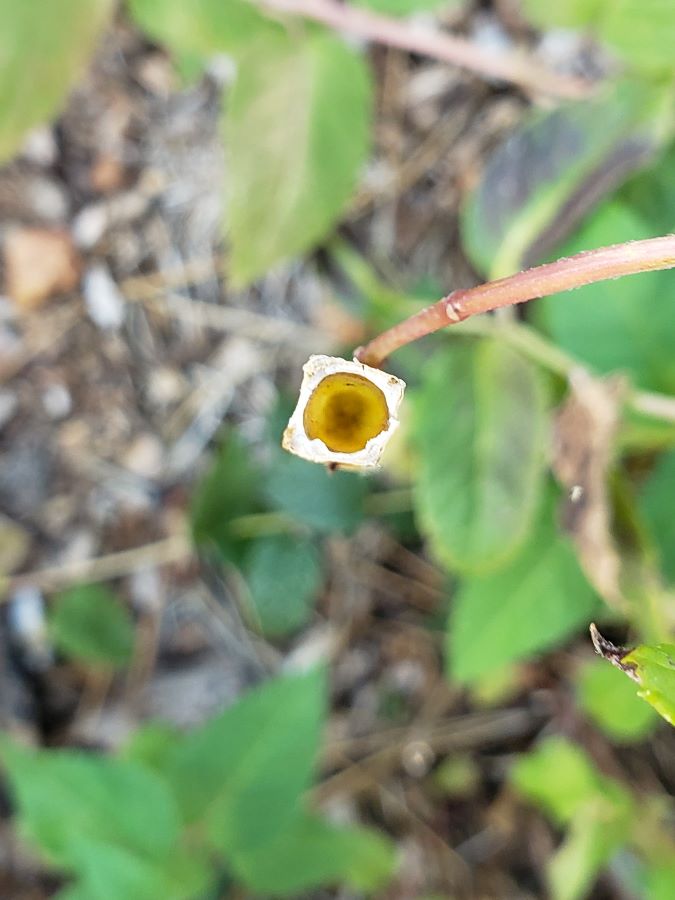
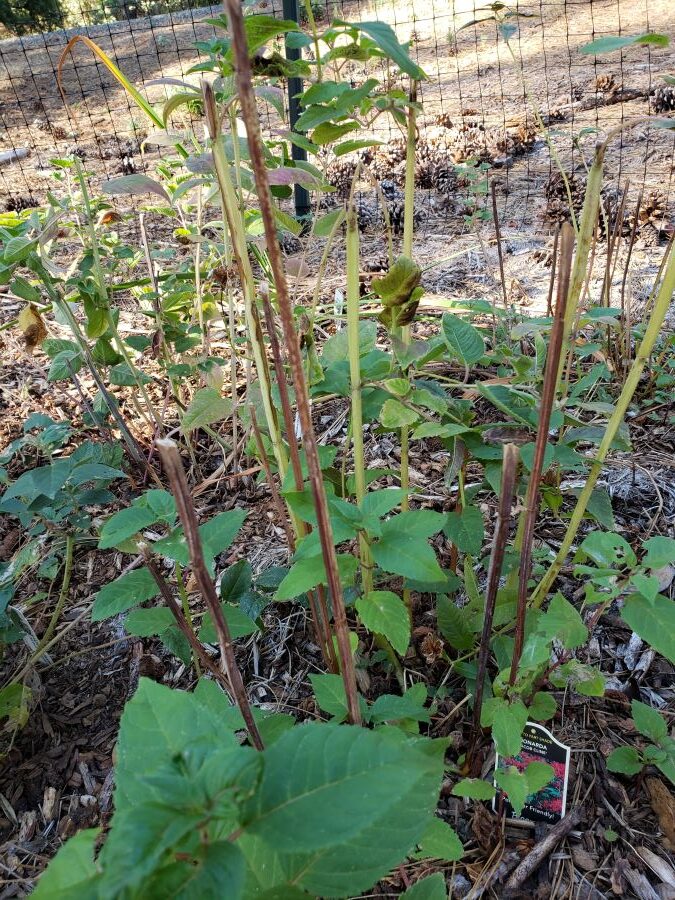
Homemade bee hotels?
There are lots of cute ideas for making bee nesting structures. You’ll find them online. But they’re not necessarily the best idea. They need excellent maintenance, or you’ll be doing more harm than good. Even with good maintenance research has found that these hotels can end up housing bee predators which can devour the bees you’re trying to foster. And with improper maintenance the hotels can become infested with parasites harming bee residents.
But with excellent maintenance bee hotels can help bees a bit, and at least give an opportunity for observation, which is nice for the kids. But the Xerces Society advises keeping your garden habitat-friendly to truly help the bees. (More info in resources below.) Besides…letting nature so the work is the easiest thing to do.
Leave leaves on the ground
Most newly mated queen bumble bees spend their first winter hibernating under leaf litter or at the base of larger bunch grasses. Leaving leaves on the ground provides this habitat for the bees but also for the many butterflies whose eggs are laid on leaves.
Leaves are good for the soil, are free mulch, allow earthworms to flourish, and allow bees and butterflies to live and reproduce. Allowing three inches of leaf litter to build up is good. If you must remove them from one area, try to move them to another area where they can stay undisturbed and keep it to three inches deep.
Relax on tidiness, it’s good for the bees
Our current landscape practices do very little to support bees. Native bees, those vital insects required for pollination of most of the plants around us, need the right plants for food and places to rest and nest. But our practices do not help them.
Raking leaves, cutting back stems, and picking up all deadwood removes bee nests full of well-provisioned bee eggs, and sends them off to the compost pile, the burn pile, or to the green waste facility. Also, there goes overwintering butterfly chrysalises and eggs.
Having a bee friendly garden can be a strong and positive act to help improve important bee populations. It may not be as tidy as we’re used to but maybe it’s time to rethink what is attractive. For a thorough webinar on this topic watch this YouTube video by the Xerces Society: “Bring Back the Pollinators: Providing Nesting Habitat for Bees”.
Related Reading
Our Gardens Can Save the Bees–Much More Than You Think!
The Flowers That Can Save the Bees
Planting Flowers for Bees? Avoid the Flowers with This Pesticide
Moving Beyond Flowers: Natural Nesting Habitat For Bees And Other Insects from the Xerces Society
Bee Hotels — Do They Really Work? from gardenhyths.com
Building and Managing Bee Hotels for Wild Bees : if you want to build a bee hotel, here are instructions


Excellent post!
Thank you!